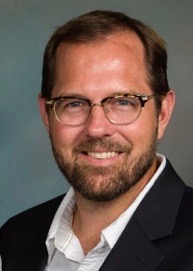In honor of the thousands of graduating college seniors celebrating commencement across the country this spring, we’re exploring the issue of religious freedom on college campuses. Read what faculty members and graduating students have to say about religious liberty at institutions of higher education in general and at Georgetown University specifically.
By: Gwen Brown
Young people are an important part of the battle to sustain religious freedom. This may not seem to be the case when we see the Pew Research Center pointing out in the fall of 2012 that the number of “nones,” that is, those who have no religious affiliation at all, is rising, and the largest part of those “nones” are young people 18 to 29. If they care so little about religious affiliation, how could they possibly aid religious freedom? The answer may be in understanding why the “nones” are on the rise.
Pew offers some speculation about the climbing numbers, but neglects to mention one potential reason: as a culture, we are steadily losing the ability to speak to one another about religion, and this begins at a young age. Who hasn’t heard the maxim that religion is one of those subjects that we should eschew in polite company? Moreover, we are often taught that one’s religious beliefs are internal and private, are not of the realm of reason but of emotion, and therefore have no place in the public square. For many young people, this lesson may be further instilled at a place where they might have thought they’d have the broadest possible freedom to discuss ideas and ideologies: the college campus. The sad truth, though, is that students are often met with condescension, if not outright hostility, from some faculty when the topic of religion is broached. For students, the result too often is a retreat into quiescence and self-censorship; they conclude that silence on the subject of religion is the best route to passing the course.
As a Communication professor for nearly 40 years, I’ve noticed another student response to such situations. If young people actually do find the opportunity to discuss and debate their religious views and the topic of religion in general, they may become frustrated because they lack the skill to communicate their ideas clearly, support their views, and hold their own in that debate. Having had few opportunities to do so, they don’t know how to speak about religion, nor do they know how to “argue” for their religious views.
Young people who are subjected to the sustained and consistent message that religion is not to be discussed may imbibe that lesson all too well. Further, they and those who make the attempt to engage the subject and experience failure may fall prey to what communication theorist Elisabeth Noelle-Neumann calls the “spiral of silence.” Noelle-Neumann argues that, out of concern for being isolated from others, we monitor and assess public opinion to identify which ideas are generally deemed appropriate and inappropriate; then we “silence” ourselves when our opinions differ. The pressure to self-censor becomes even more powerful when the message of subject appropriateness is consistent over time and comes from sources we deem to be highly credible.
Would comfort with the subject of religion and willingness—even desire—to develop a religious affiliation be on the rise for those “nones” if young people learned two valuable lessons: (1) that religion is an appropriate subject for discussion and (2) how to speak effectively about that subject? Perhaps we can help to sustain religious freedom by teaching young people that religion is not a taboo subject and that “argument” about religion does not entail anger but instead means building a logical case to warrant a conclusion. After all, religious freedom can also mean freeing young people from the stifling lessons of their past.
Gwen Brown is professor emerita at Radford University in Virginia, where she taught courses on communication theory, rhetorical analysis, and political communication.
This piece was originally authored on May 13, 2014 for the Religious Freedom Project at Georgetown’s Berkley Center for Religion, Peace, and World Affairs.
THE RFI BLOG
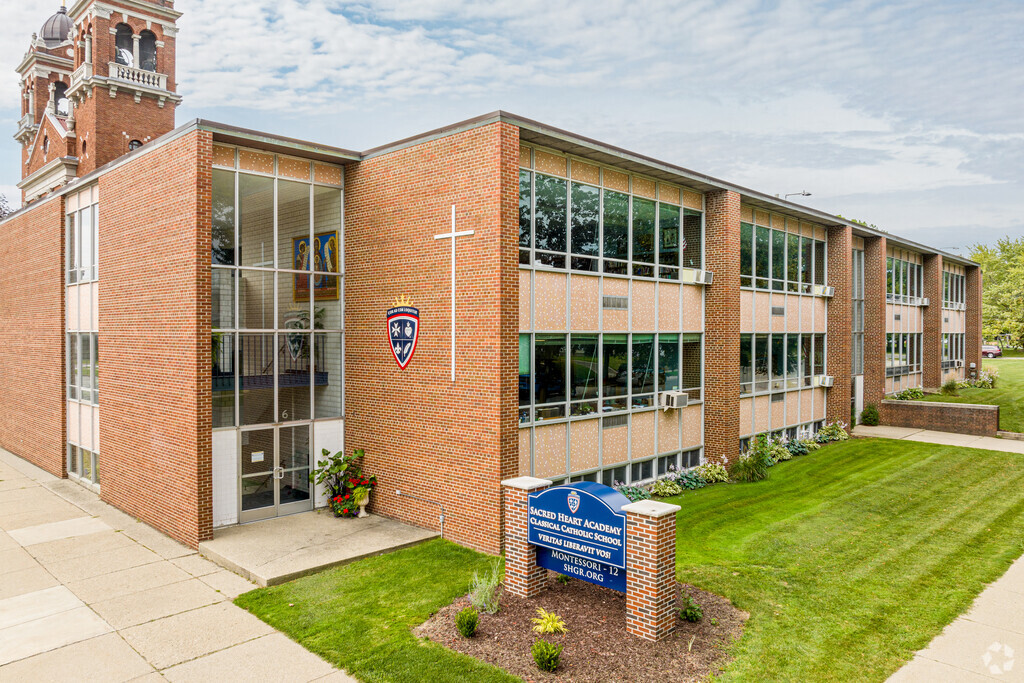
Be More Faithful, Become More Resilient: An Invitation to Religious Institutions

How Soccer Reveals Different Meanings Of ‘Secular’ In France And The US
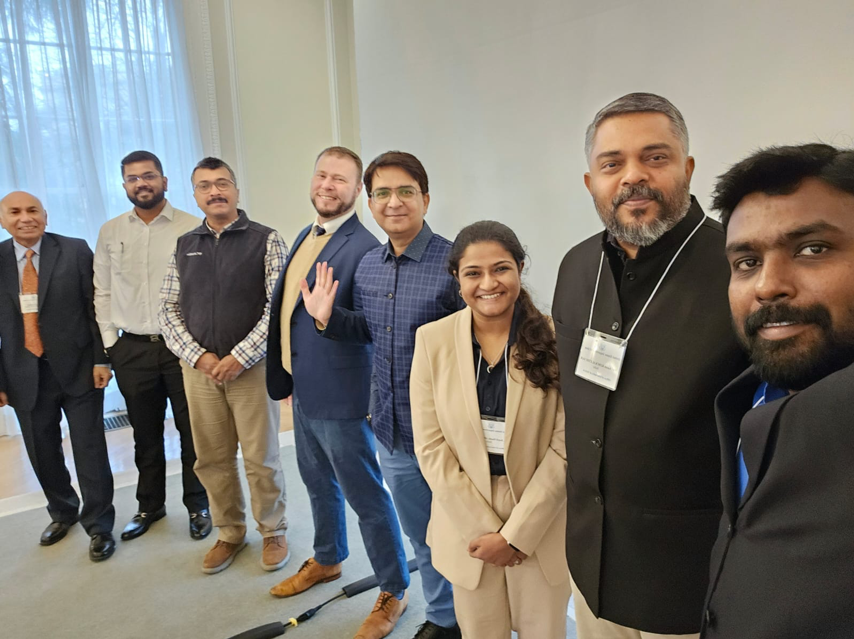
RFI’s Ismail Royer Meets with Delegation from India
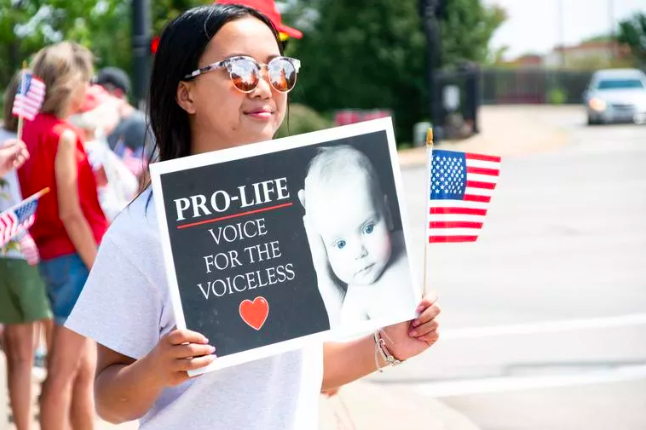
Protecting the Unborn, Mothers, and Medical Ethics: The Stakes of Arkansas’ Amendment
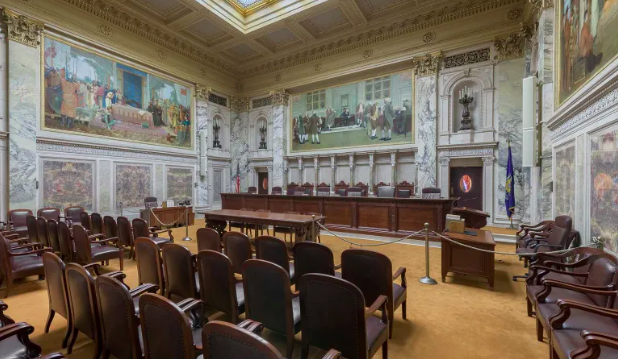
Wisconsin Supreme Court Punishes Catholic Charities for Serving Everyone
CORNERSTONE FORUM

Public Bioethics & the Failure of Expressive Individualism

Religious Liberty in American Higher Education

Scotland’s Kate Forbes and the March of Secularism

70 Years of Religious Freedom in Sweden: Prospects and Challenges
